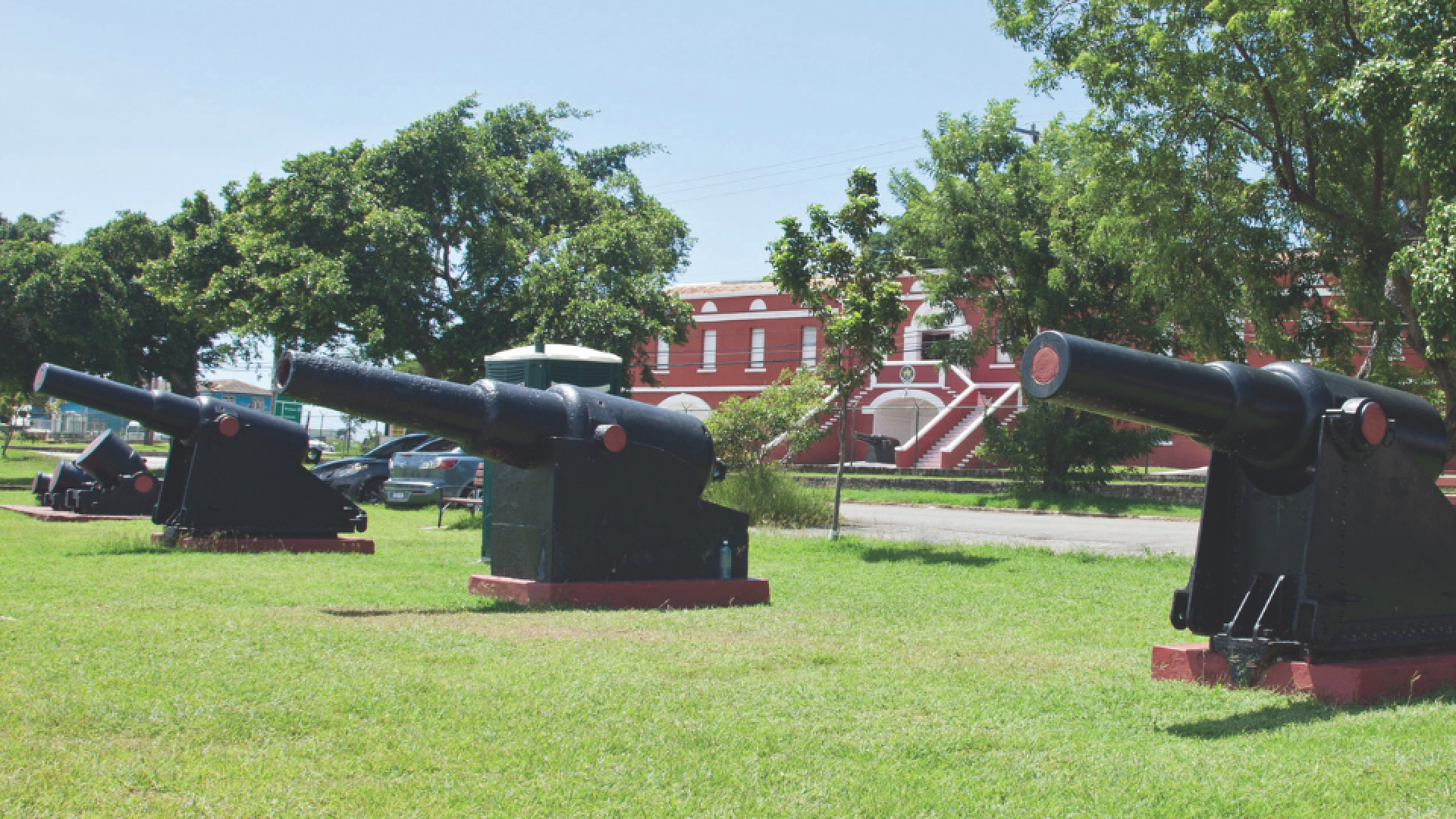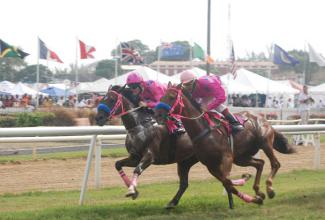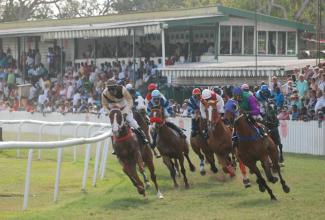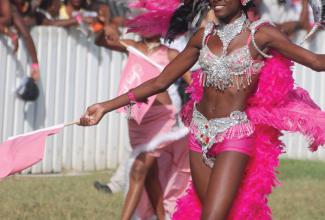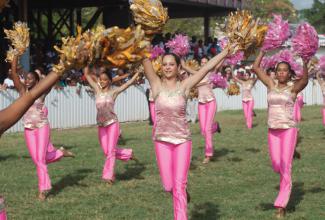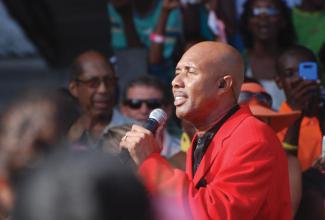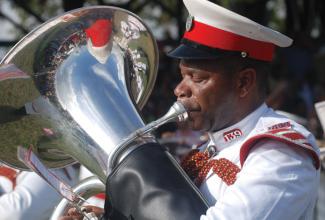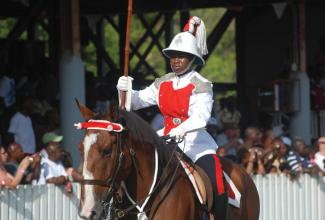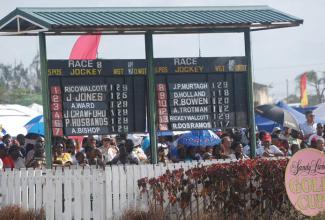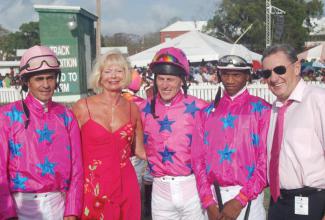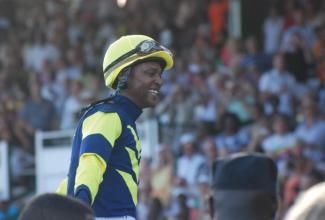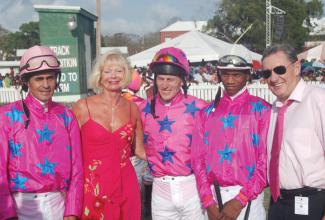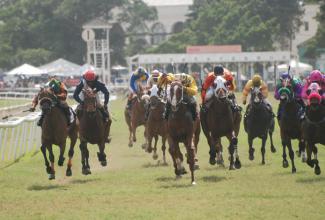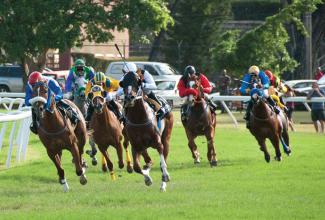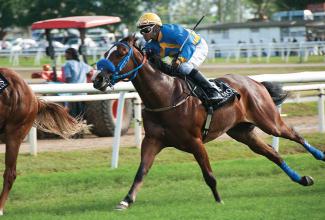Steeped in history, and barely a mile from top to end, the Garrison Area certainly ticks all the boxes for the inquisitive Historian. After all, inside and the outside the racing course lies a plethora of historic buildings, tunnels, museum, fort, and memories of sporting glory. Housed in that beautiful little field called the Garrison Savannah, lies a bevy of times gone by.
The Royal Engineers in the early 1700s are attributed with draining the swamps to become a beautiful sporting arena that has allowed racing, polo, football, rugby, basketball, kite flying, running, parades, from thereafter. The army owe a lot to Barbados, formerly English troops, but since 1905, the British Defence Force. In June 2011, UNESCO inscribed “Historic Bridgetown and its Garrison on the “World Heritage List”, confirming its global importance.
Some of these are very significant to the Barbados people, and many visitors return to this area. There’s a lot to reflect, and appreciate!
The British Garrison was established in 1798, and ringed around the perimeter of the Racing Track lies the most important building. They include St. Ann’s Castle/Fort, current base of the Barbados Defence Force, Main Guard (1804) and famous Clock Tower where the changing of the Sentry takes place every week, the Stone Barrack (1791), the Powder Magazine (1801) with the finest English canons in the world, Drill Hall (1790) Soldier Barracks, the Ordinance Hospital (1836), now owned privately since 1906, St. Ann’s Garrison and Savannah, the Parade Ground since 1801 and used for racing since 1843, Office Brick Barrack (1808), Soldiers Brick Barrack (1808), Military Prison (1818), currently leased to the Museum, Engineer’s Office and Quarters (1717), now better known as “George Washington House” Bush Hill, Royal Artillery Barrack (1812), known as Stafford House with offices, Charles Fort (1650) defending Barbados when foreigners attacked ships, now currently the Hilton Hotel, Shot House (1810), now Yacht Club, and Sheriff’s House (1812) now the Savannah Hotel.
The Garrison tunnels will eventually all be open for visitors, but considerable work needs to be done for Safety and Health legislation. However, the tunnels are mainly intact for several thousands feet. There have been some limited guided underground tours.
The Barbados Turf Club has been responsible for racing since 1905, but racing at the Derby dates back to 1843. In the past few weeks the Club has added floodlight racing, and regular meetings will be added to their normal Saturday meetings.
Polo was played since 1884, mainly by the British Cavalry officers. However, the Barbados Polo Club used it until 1965, but moved to Holder’s Hill on the West Coast.
Representative cricket first started in 1865 at the Garrison, but for many years the Kensington Oval has replaced it.
Rugby still remains at the Garrison, after it was founded in the 1950s from ex-pats, while the BDF use separate pitches alongside rugby.
Training horses normally takes place early every morning, while jogging takes place late afternoons.
In 1966 a huge ceremony took place in November 1966 to celebrate Independence, and Her Majesty Queen Elizabeth II knighted Sir Garfield Sobers, all within this ground.
Yes, the Garrison is steeped in history for over 300 years.

